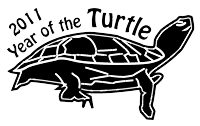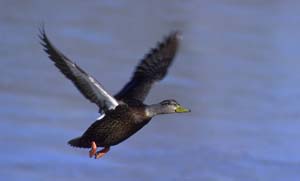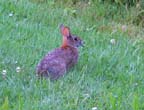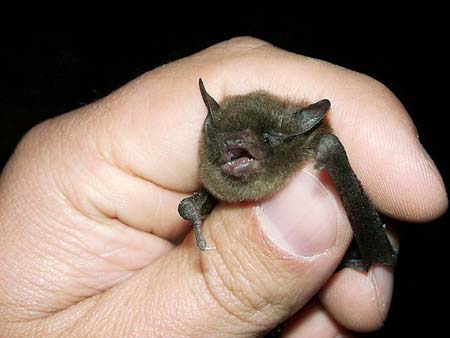 This paper in the Journal of Wildlife Management is timely. Black bears are awake, looking for food, and, not finding much in nature, are looking to garbage cans and bird feeders (or, as at my house yesterday, a compost bin), when they can get at them.
This paper in the Journal of Wildlife Management is timely. Black bears are awake, looking for food, and, not finding much in nature, are looking to garbage cans and bird feeders (or, as at my house yesterday, a compost bin), when they can get at them.
Canadian scientists, with help from a scientist at the Massachusetts Division of Fisheries and Wildlife and a Brigham Young University researcher, investigated over a century of fatal black bear attacks on humans, and got a big surprise. The conventional wisdom about bear attacks — that they are mostly mothers defending their young — did not hold up to analysis.
The study found that male bears were involved in 92 percent of fatal black bear attacks. The people’s food or garbage likely played a role in the attack 38 percent of the time. Ninety-one percent of the time, the person who was killed was alone or with one other person.
The number of fatalities was a surprise as well, at least to me. The scientists studied 63 deaths. The rate of fatal attacks seems to be increasing, with 86 percent of the attacks occurring between 1960 and 2009. And while I had imagined the mid-Atlantic US to the southern Appalachians as offering a dangerous mix of big black bears and lots of people, it turns out that Canada is home to most black bear fatalities, with 44 of the 63 fatal attacks. (With another five in Alaska, leaving the contiguous U.S. states with just 14.)
Read more about the study in the Toronto Globe and Mail, complete with a nice map.
Read the abstract, or the whole article with subscription or for a fee, in the Journal of Wildlife Management.
Photo credit: Waverley Traylor, courtesy US Fish and Wildlife Service



 st1:*{behavior:url(#ieooui) } <![endif]–>
st1:*{behavior:url(#ieooui) } <![endif]–>

